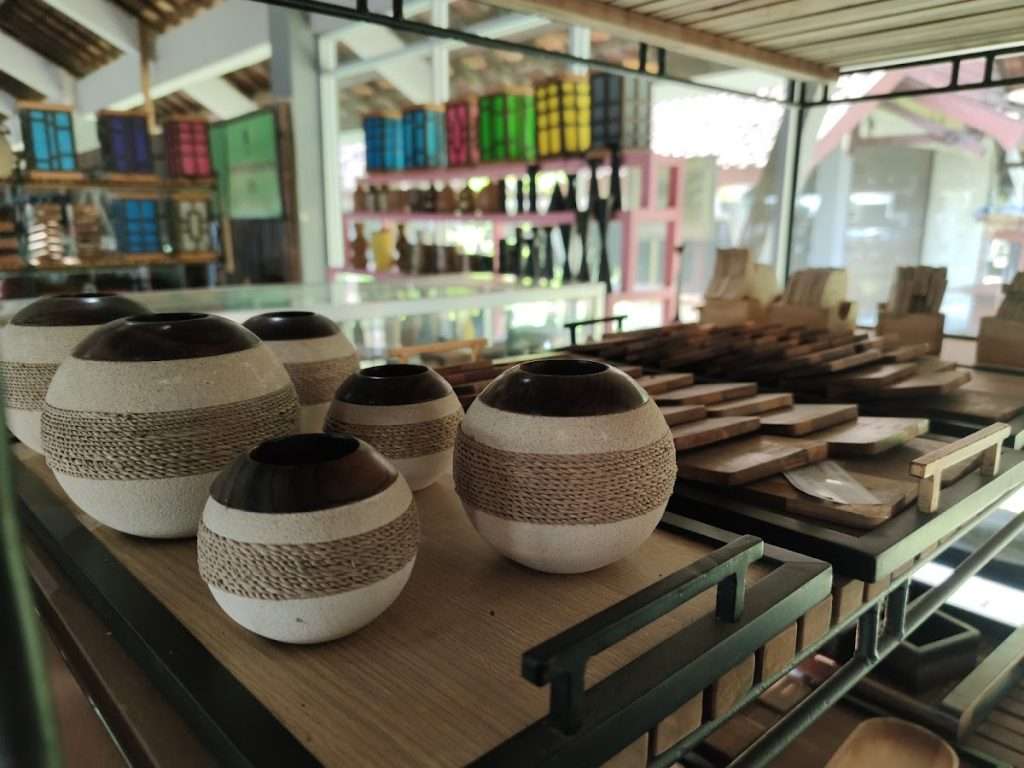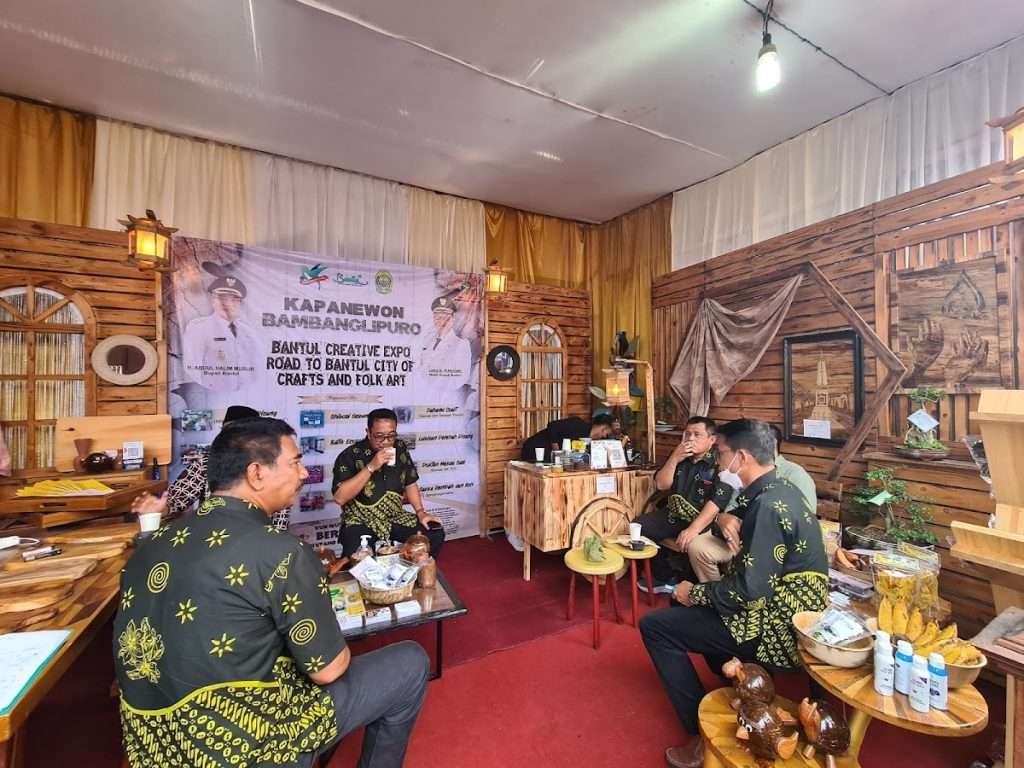Short-term Creative Industry Development
Bantul’s creative industry has huge potential. This region is rich in natural resources that may be utilized as raw materials in the production of a range of handcraft goods. Furthermore, Bantul has a large number of artisans that are experienced and skilled in their profession. The combination of vast natural resources and skilled craftspeople makes Bantul’s creative sector highly promising.
Bantul’s creative industry is also encouraged by municipal governments, who have implemented numerous measures to develop the sector. For example, by offering financial assistance to craft artisans and a location to show and sell handmade items.

Furthermore, numerous people visit Bantul to see the different tourist sites in the vicinity. This opens up prospects for Bantul’s creative enterprises to offer their handcrafted goods to tourists.
With all of these variables, it’s no surprise that Bantul’s creative industry has enormous potential. It is envisaged that with adequate government and societal support, the creative industries in Bantul would flourish and benefit the area economy.
Local government, university, community, entrepreneurs, information media, and financial institutions are all involved in government projects.
The short-term creative industry program of Bantul is filled in three stages:
- Development of Locust and Creative Infrastructure
- Capacity Building Program
- Strengthening Positioning of Bantul Products in International Networks

Potential locations, such as the Gabusan Art Market, are excellent places to exhibit creative items. Because the site is integrated with creative events, customers, both purchasers and users, may be invited to discover various creative items.
Exposure or product exposure is necessary to allow an audience to compensate. Transactions will not take place until there is a process of attention and appreciation.
Long-term Creative Industry Development
The creative industry is a sector that needs time to develop. Through measurable long-term strategies, governments can plan the activities needed and provide the support needed to achieve an established creative city ecosystem.
The long-term strategy undertaken by the Bantul government in developing its creative industries includes:
Formation of creative industry clusters: Governments can work with craft craftsmen and industry associations to form creative industry clusters that facilitate product development, marketing and trade in handicraft products.
Education and training: The government can provide appropriate education and training for craft craftsmen to improve skills and improve the quality of the craft products produced.
Marketing of handicraft products: The government can work with craft craftsmen and industry associations to provide a platform that enables the marketing of handicraft products widely, for example through e-commerce and craft exhibitions.
Infrastructure development: The government can improve the quality of infrastructure that supports the creative industry sector, such as providing adequate production facilities, fast internet access, and good transportation facilities.
Regulatory design: Governments can make regulations that encourage the development of creative industries, such as providing tax incentives, providing protection of intellectual property rights, and requiring the use of local handicraft products in the country.
Tourism promotion: The government can promote handicraft products as one of the tourism attractions, such as providing a craft center that tourists can visit.
With some of the strategies mentioned above, it is hoped that the government can help the creative industry of the Pillows to develop and improve the regional economy.

